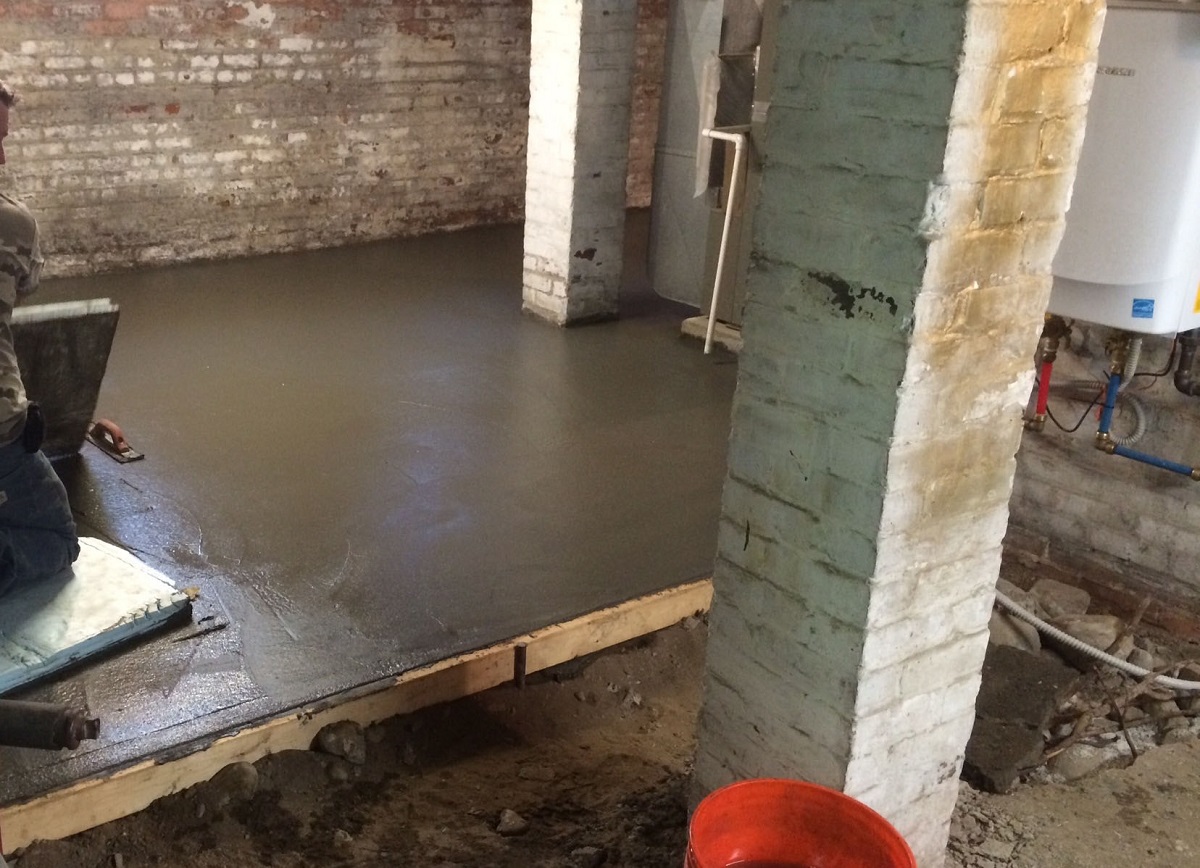

Articles
What Does Slab Basement Mean
Modified: September 2, 2024
Learn what a slab basement means and how it can benefit your home's foundation. Gain valuable insights and expert advice on slab basements in our informative articles.
(Many of the links in this article redirect to a specific reviewed product. Your purchase of these products through affiliate links helps to generate commission for Storables.com, at no extra cost. Learn more)
Introduction
When it comes to constructing a house or building, the choice of basement plays a crucial role in the overall design and functionality. Among the various types of basements available, one popular option is the slab basement.
A slab basement, also known as a slab-on-grade foundation, is a type of basement that is constructed by pouring a concrete slab directly on the ground. Unlike traditional basements that are built with walls and a floor below ground level, a slab basement is essentially a single, level concrete slab that rests on the soil.
This type of basement offers several advantages, including cost-effectiveness, ease of construction, and improved energy efficiency. However, it also has its limitations, such as limited space for utilities and potential issues with moisture control. In this article, we will delve deep into the concept of the slab basement, its construction process, advantages, disadvantages, cost, maintenance, and how it compares to other types of basements.
So, whether you’re considering building a new home or looking to renovate an existing one, read on to learn more about slab basements and how they can be a viable option for your construction needs.
Key Takeaways:
- Slab basements offer cost-effective, energy-efficient, and low-maintenance foundations, making them a practical choice for homeowners. Their advantages include reduced construction costs, improved energy efficiency, and accessibility for individuals with mobility limitations.
- When comparing slab basements with other types of basements, factors such as cost, space requirements, maintenance, and site conditions should be considered. Consulting professionals can provide valuable insights for making an informed decision based on specific project needs.
Read more: What Are Slabs In Construction
Definition of Slab Basement
A slab basement, also known as a slab-on-grade foundation, is a type of basement that is constructed by pouring a concrete slab directly on the ground. As the name suggests, this type of foundation sits on the grade or level ground without any elevation or sub-grade walls.
In a slab basement, the concrete slab serves as both the foundation and the floor of the building. It is typically poured in one continuous piece and covers the entire footprint of the structure. The thickness of the slab is determined by factors such as the load-bearing requirements, soil conditions, and the climate in the area.
One of the distinguishing features of a slab basement is its lack of a crawl space or basement area beneath the main level of the structure. Unlike other types of basements, there are no extra rooms or storage areas below ground level in a slab basement. Instead, all the living spaces are located on the same level as the foundation slab.
Slab basements are commonly used in areas with mild climates and stable soil conditions. They are particularly popular in warmer regions where frost heaving, which can damage traditional basements, is not a concern. Additionally, the minimal excavation required for a slab basement makes it an attractive option in areas with high water tables or rocky terrain.
Overall, a slab basement offers a simplified and cost-effective foundation solution, providing a solid and level base for the structure while eliminating the need for extensive excavation and additional structural components.
Construction Process of Slab Basement
The construction process of a slab basement involves several key steps to ensure its stability, durability, and functionality. Here is an overview of the typical construction process:
- Site Preparation: The first step is to prepare the site for the construction of the slab basement. This involves clearing away vegetation, leveling the ground, and removing any debris or rocks that may hinder the construction process.
- Excavation: Once the site is prepared, the next step is to excavate the area where the slab will be poured. The depth of the excavation depends on factors such as local building codes, soil conditions, and the desired height of the finished floor. The excavated area should be slightly larger than the footprint of the structure to allow for the installation of edge forms.
- Installation of Vapor Barrier: Before pouring the concrete, a vapor barrier is installed over the entire area to prevent moisture from seeping into the slab. This barrier can be made of polyethylene or a specialized moisture-resistant material.
- Installing Reinforcement: To provide additional strength and prevent cracking, a grid of reinforcement material, such as steel rebar or wire mesh, is laid on top of the vapor barrier. The reinforcement is positioned according to the engineer’s specifications and local building codes.
- Plumbing and Electrical Rough-Ins: Before the concrete is poured, any necessary plumbing and electrical lines are installed below the surface of the slab. This includes water supply lines, sewer connections, and electrical conduits.
- Formwork: Once the reinforcement and utility lines are in place, the perimeter of the slab is framed using wooden or metal forms. These forms provide a boundary and help contain the concrete during pouring.
- Pouring the Concrete: With the formwork in place, the concrete is poured onto the prepared area. The concrete is typically a mixture of cement, aggregates, and water. It is poured slowly and evenly to ensure a consistent thickness throughout the slab.
- Finishing the Surface: After the concrete is poured, it is leveled and smoothed using tools such as screeds and floats. This process helps achieve a uniform and level surface. Additionally, any desired patterns or textures can be added to enhance the aesthetic appeal.
- Curing and Drying: Once the concrete is finished, it needs time to cure and harden. This process usually takes several days, during which the slab should be protected from excessive moisture and temperature fluctuations. Proper curing helps prevent cracking and ensures the strength and durability of the slab.
- Final Steps: After the slab has fully cured, any necessary finishes, such as coatings or sealants, can be applied. This helps enhance the appearance of the slab and provides additional protection against moisture and wear.
Following these steps ensures the proper construction of a slab basement, resulting in a solid foundation that can support the structure and provide a functional and durable living space.
Advantages of Slab Basement
A slab basement offers several advantages that make it an attractive option for homeowners and builders. Here are some of the key advantages:
- Cost-effectiveness: One significant advantage of a slab basement is its cost-effectiveness. Compared to other types of basements, such as full basements or crawl spaces, the construction of a slab basement requires less excavation, materials, and labor. This can result in cost savings during the construction process. Additionally, the absence of a need for additional walls and footings reduces the overall construction cost.
- Energy Efficiency: Slab basements have better energy efficiency compared to other types of basements. Since the foundation is in direct contact with the ground, the thermal mass of the slab helps regulate indoor temperatures. In warmer climates, the coolness of the slab can help reduce the need for excessive air conditioning. In colder climates, the slab can absorb and retain heat, reducing heating costs.
- Accessibility: With a slab basement, all the living spaces are located on the same level as the foundation slab. This means there are no stairs or barriers between rooms, making it easily accessible for individuals with mobility issues or disabilities. This also eliminates the need for elevators or chairlifts, simplifying the construction process and enhancing the overall usability of the space.
- Moisture Control: Slab basements have reduced moisture-related issues compared to traditional basements. The absence of a crawl space or below-ground level eliminates the risk of water seepage or flooding. Additionally, the use of vapor barriers during construction helps prevent the intrusion of moisture from the ground. This results in a drier and more comfortable living environment.
- Lower Maintenance: Since a slab basement doesn’t have crawl spaces or utility rooms below ground level, there is less need for maintenance and repair. The absence of hollow spaces reduces the likelihood of pests or rodents infesting the area. Additionally, there are no foundation walls or footings that may deteriorate over time, resulting in lower long-term maintenance costs.
- Flexibility in Design: Slab basements offer greater flexibility in architectural design. The absence of load-bearing walls below ground allows for more open floor plans and creative interior layouts. This means homeowners have more freedom to design and customize their living spaces according to their preferences and needs.
These advantages make a slab basement an appealing option for those looking for a cost-effective, energy-efficient, and easy-to-maintain foundation solution. However, it’s important to consider these advantages in light of your specific construction needs and the climate and soil conditions of your region.
A slab basement refers to a type of foundation where the concrete floor of the basement is poured directly onto the ground. This type of foundation is common in areas with high water tables and can be more cost-effective than traditional basement construction.
Disadvantages of Slab Basement
While a slab basement offers various advantages, there are also some disadvantages that should be considered before opting for this type of foundation. Here are some of the key disadvantages:
- Limited Space: One of the main drawbacks of a slab basement is the lack of additional space below ground level. Unlike traditional basements, there are no extra rooms or storage areas beneath the main level of the house. This can be a disadvantage for homeowners who require additional living space or need a dedicated area for utilities and storage.
- No Protection Against Flooding: Since a slab basement is at ground level, it is more susceptible to flooding in areas with high water tables or heavy rainfall. The absence of elevated walls or a raised foundation makes it more challenging to prevent or mitigate water intrusion in the event of a flood. This can result in damage to the structure and possessions stored within the basement.
- Difficulty in Repairing Utilities: In a slab basement, all the utilities such as plumbing and electrical lines are installed beneath the concrete slab. This means that accessing and repairing these utilities can be challenging and often requires breaking and repairing the concrete. This can be time-consuming, inconvenient, and costly.
- Potential for Moisture Issues: Although slab basements can offer better moisture control compared to traditional basements, they are still susceptible to moisture issues if proper precautions are not taken during construction. If the vapor barrier is not installed correctly or if there are cracks in the concrete, moisture can seep into the slab, leading to issues such as mold growth, musty odors, and damage to flooring materials.
- Less Insulation: Slab basements tend to have less insulation compared to other types of basements. The absence of sub-grade walls makes it challenging to provide insulation around the entire perimeter of the foundation. This can result in increased heat loss or gain through the slab, leading to higher energy consumption and less comfort in extreme temperatures.
- No Room for Future Expansion: With a slab basement, there is limited opportunity for future expansion or modifications. If homeowners wish to add more living space or make significant structural changes, it can be challenging and costly to modify the existing slab foundation. This lack of flexibility can be a disadvantage for those who anticipate future changes in their housing needs.
These disadvantages should be carefully considered and weighed against the advantages when deciding whether a slab basement is the right choice for a particular construction project. It is essential to assess the specific needs, budget, and site conditions to make an informed decision about the type of basement that best suits the requirements.
Read more: What Does Faucet Mean
Cost and Maintenance of Slab Basement
The cost and maintenance considerations of a slab basement are important factors to evaluate when deciding whether this type of foundation is suitable for your construction project. Here is an overview of the cost and maintenance aspects:
Cost:
When compared to other types of basements, a slab basement is generally more cost-effective. The construction process of a slab basement involves less excavation, fewer materials, and reduced labor, resulting in cost savings. Additionally, the absence of additional walls and footings reduces the overall construction cost. However, it is important to note that the specific cost will depend on various factors, including the size of the structure, local labor and material costs, site conditions, and any specialized requirements.
Maintenance:
Slab basements typically require less maintenance compared to other types of basements. Since there are no hollow spaces or crawl spaces below ground level, homeowners do not need to worry about issues like pest infestations or foundation wall deterioration. However, it is still essential to undertake regular maintenance tasks to ensure the longevity and performance of the slab basement:
- Moisture Control: Proper moisture control is crucial to prevent issues such as mold growth, musty odors, and damage to flooring materials. Regularly inspect for any cracks or gaps in the concrete, and seal them with appropriate sealants to prevent moisture intrusion. Additionally, ensure that the surrounding landscape is graded away from the slab to divert water away from the foundation.
- Inspection of Utilities: As the plumbing and electrical lines are installed beneath the concrete slab, regular inspections are necessary to catch any leaks or issues with the utilities. It is important to work with professionals who are experienced in slab basement construction for any necessary repairs or maintenance tasks.
- Surface Maintenance: The surface of the slab should be regularly cleaned, and any stains or spills should be promptly addressed. It is important to follow proper cleaning techniques and use non-abrasive cleaners to avoid damaging the concrete surface. Additionally, periodically applying a protective coating or sealant can help enhance the appearance and durability of the slab.
- Monitoring for Settlement: Over time, some degree of settlement may occur in a slab basement. It is important to monitor for any signs of unevenness or cracking in the floor. If significant settling is observed, it may be necessary to consult a professional to assess the cause and determine if any corrective measures are required.
By following these maintenance practices, homeowners can keep their slab basement in good condition and mitigate potential issues. Regular inspections and timely repairs will help prolong the lifespan and functionality of the foundation.
It is also advisable to consult with professionals and obtain cost estimates specific to your project and location. They can provide accurate assessments based on factors such as site conditions, local building codes, and the desired specifications of the slab basement.
Comparison with Other Types of Basements
When considering the construction of a basement, it’s essential to compare the slab basement with other types of basements to determine which option best suits your needs. Here is a comparison between slab basements and other common types of basements:
Full Basement:
A full basement is the most common type of basement, characterized by walls and a floor that are both below ground level. Unlike a slab basement, a full basement provides additional living or storage space beneath the main level of the structure. This type of basement offers several advantages, including increased square footage, flexibility for future expansion, and easy access to utility systems. However, full basements generally require more excavation, materials, and labor, making them more expensive to construct compared to slab basements.
Crawl Space:
A crawl space is a type of basement that has a shallow height, typically around three feet, and is accessed by crawl-in rather than full-sized doors. Crawl spaces offer limited storage and access to utilities, and they are often used in areas with high water tables or unstable soil conditions. While they can be less expensive to construct than full basements, crawl spaces can present challenges in terms of moisture control, access for maintenance, and limited usable space.
Walkout Basement:
A walkout basement, also known as a daylight basement, has one or more sides that are partially or fully above ground level, providing access to the outside. This type of basement offers advantages such as enhanced natural light, additional living space, and improved accessibility to outdoor areas. Walkout basements are commonly built on sloping lots to take advantage of the terrain. However, the construction of a walkout basement generally involves more complex excavation and construction techniques, making it more expensive than a slab basement.
Comparison Points:
When comparing slab basements with other types of basements, these are some key factors to consider:
- Cost: Slab basements tend to be the most cost-effective option, requiring less excavation and materials compared to full basements or walkout basements.
- Space: Full basements offer the most usable space, while slab basements have the least amount of additional space below ground level. Walkout basements and crawl spaces fall somewhere in between.
- Maintenance: Slab basements generally require less maintenance compared to other types of basements due to the absence of crawl spaces and sub-grade walls that can be susceptible to moisture or pest issues.
- Access and Usability: Full basements and walkout basements provide easier access to utilities and allow for more flexible use of space. Slab basements may offer more accessible living spaces, especially for individuals with mobility limitations.
- Climate and Site Conditions: The choice of a basement type may depend on the specific climate and soil conditions of the region. Factors such as frost heaving, high water tables, and slope of the land can influence the suitability of different basement types.
Ultimately, the choice of basement type depends on various factors, including budget, space requirements, site conditions, and personal preferences. Consulting with architects, contractors, or engineers can provide valuable insights and help make an informed decision based on the specific project needs.
Conclusion
When deciding on the type of basement for your construction project, the slab basement offers several advantages and considerations to keep in mind. It is a cost-effective, energy-efficient, and low-maintenance option that can be a viable choice for many homeowners and builders.
The slab basement construction process involves pouring a concrete slab directly on the ground, eliminating the need for extensive excavation and additional structural components. It provides a level and solid foundation for the building, while the absence of crawl spaces or below-ground rooms offers accessibility and ease of movement between living spaces.
Advantages of a slab basement include lower construction costs, improved energy efficiency, reduced maintenance, better moisture control, and flexibility in design. However, it’s important to note that there are also some disadvantages to consider, such as limited additional space, potential moisture issues, and challenges with utility repairs.
Comparing the slab basement with other types of basements, such as full basements, crawl spaces, and walkout basements, helps evaluate the specific needs of the project. Factors such as cost, space requirements, maintenance, access, and site conditions should be considered to make an informed decision.
In conclusion, a slab basement can be a practical and cost-effective choice for those seeking a solid, low-maintenance foundation. Its advantages, such as affordability, energy efficiency, and accessibility, make it a favorable option for various construction projects. However, it’s crucial to weigh the advantages and disadvantages against your unique requirements and consult professionals to ensure the right choice for your specific needs and circumstances.
Frequently Asked Questions about What Does Slab Basement Mean
Was this page helpful?
At Storables.com, we guarantee accurate and reliable information. Our content, validated by Expert Board Contributors, is crafted following stringent Editorial Policies. We're committed to providing you with well-researched, expert-backed insights for all your informational needs.

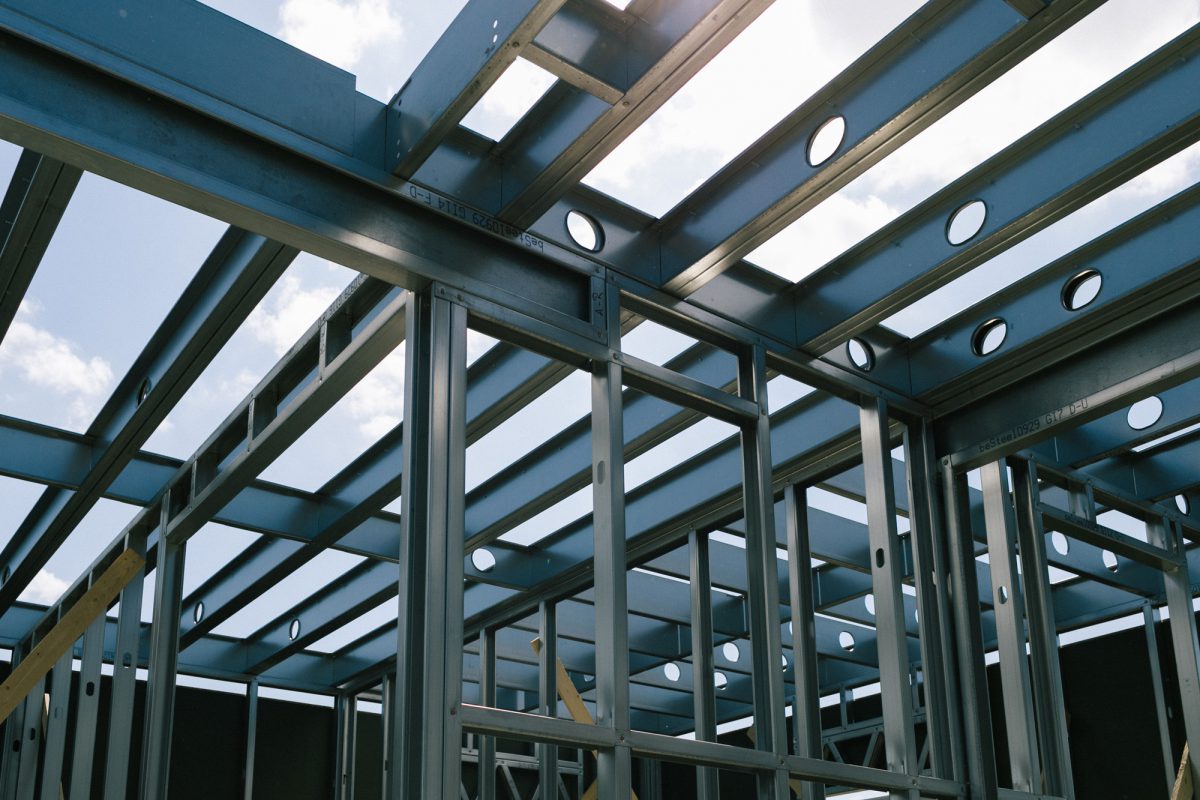



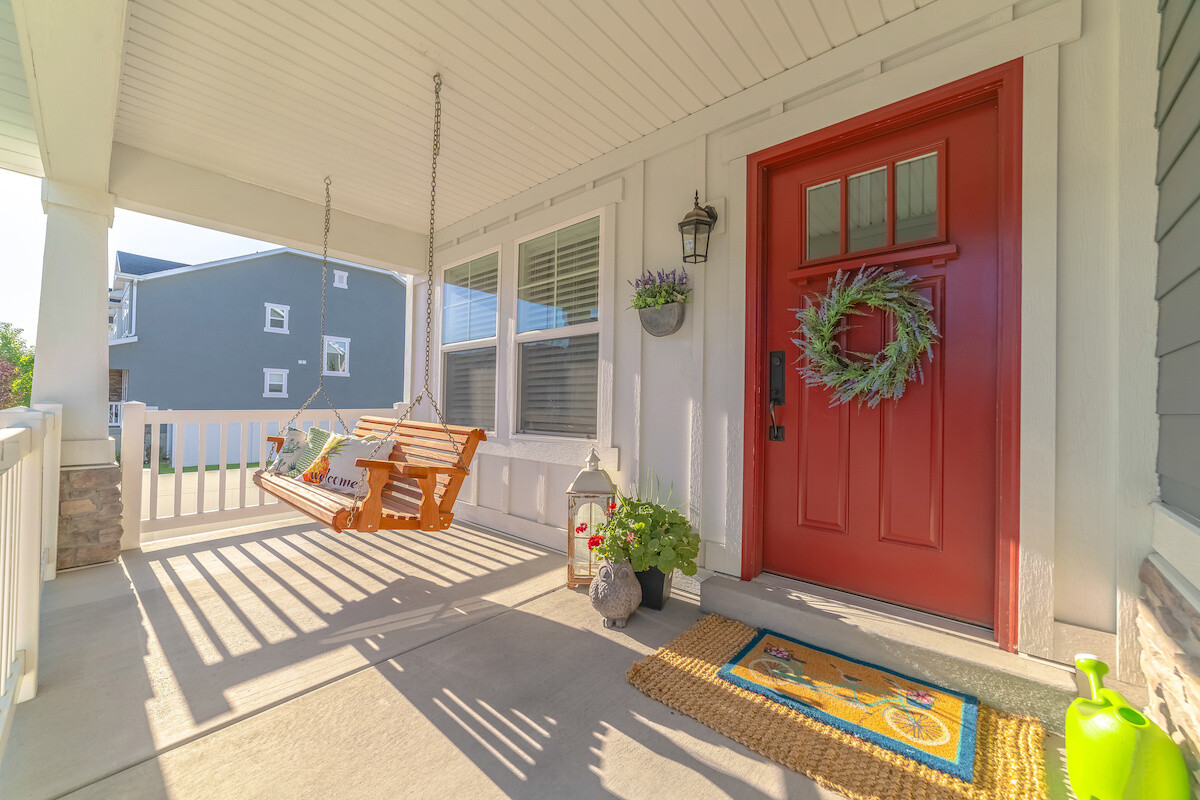



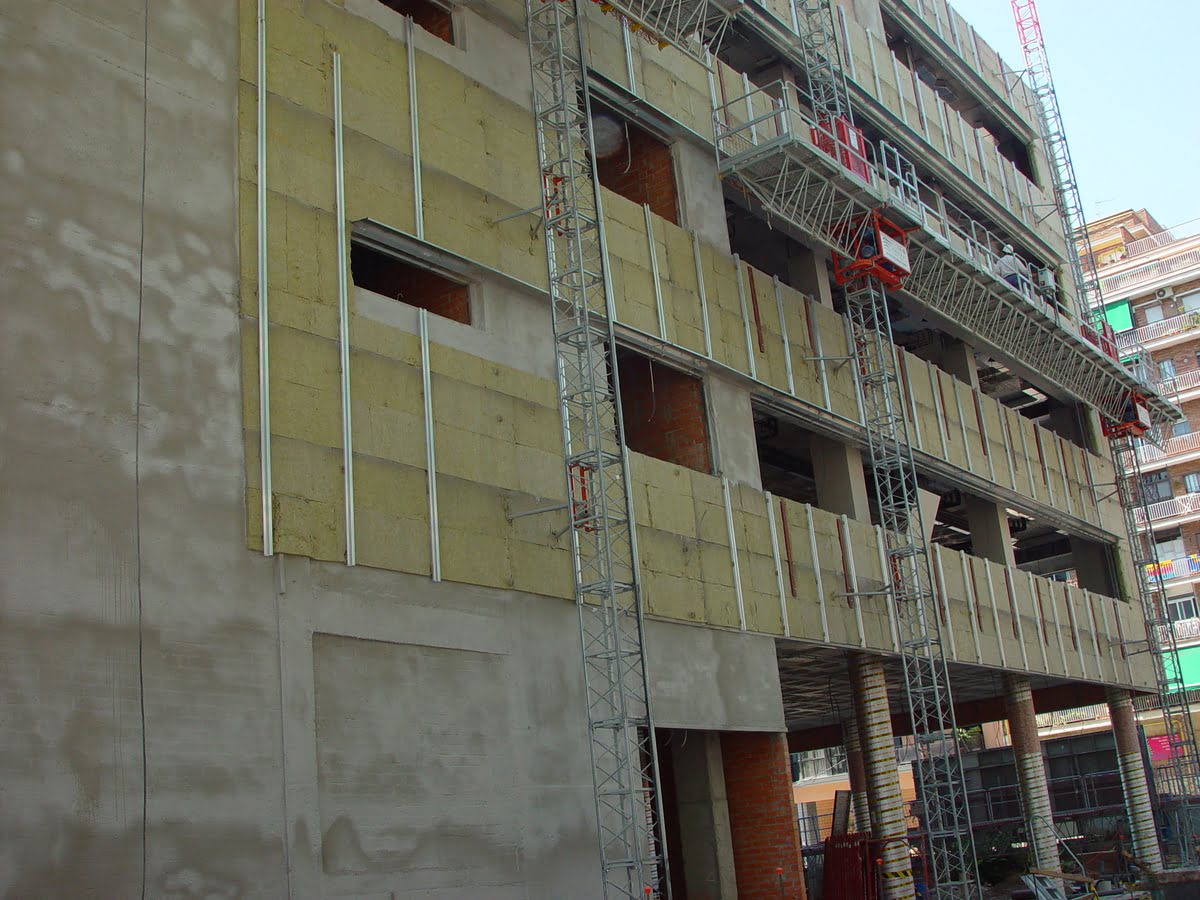
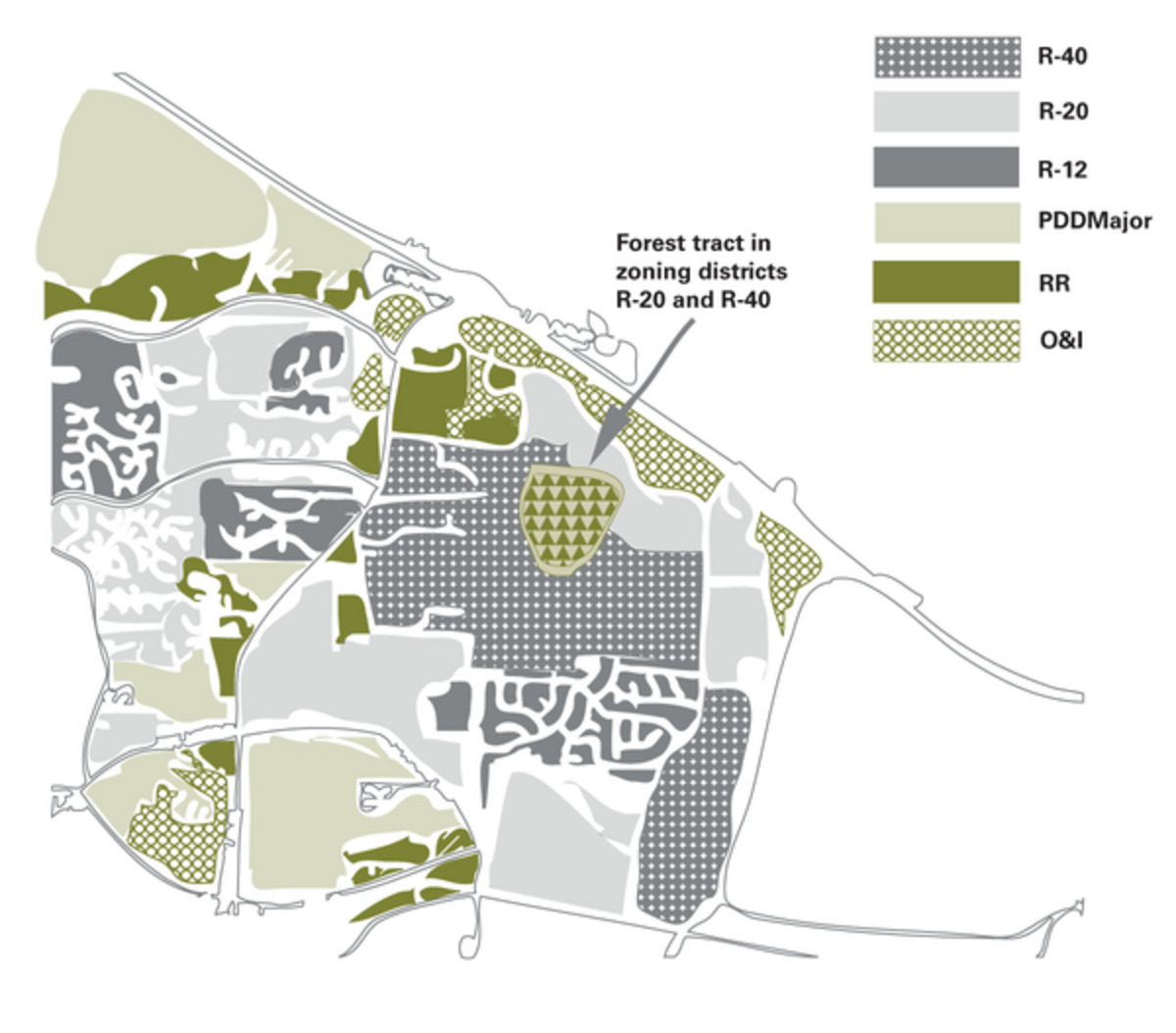




0 thoughts on “What Does Slab Basement Mean”